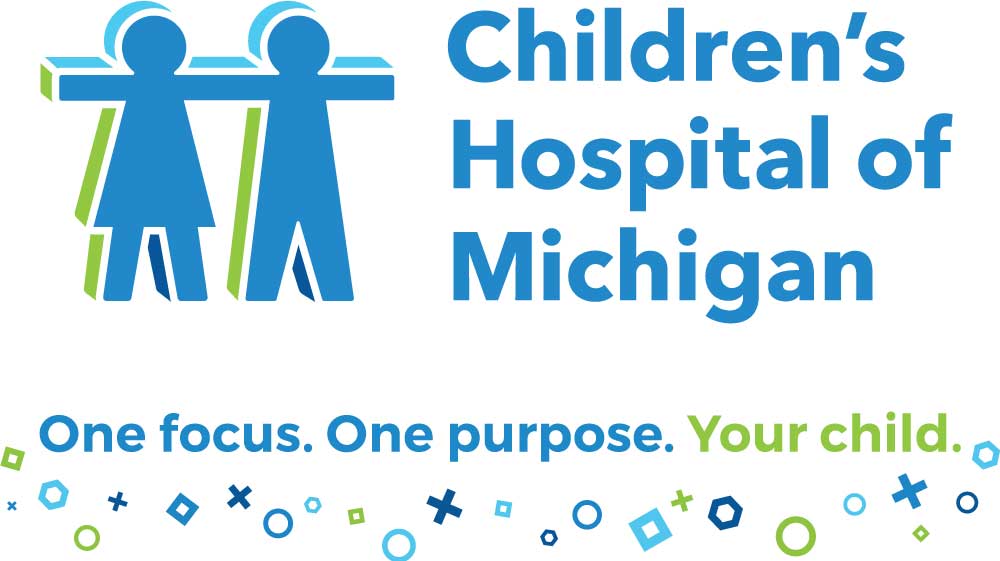Winter Safety Tips
Nov 18, 2019Old Man Winter has hit Michigan. As outdoor temperatures plunge, kids who are cooped up inside can take advantage of many fun outdoor activities, but these can also lead to injuries and illnesses that could be debilitating and life-threatening unless parents and kids take proper precautions.
Curt Stankovic, M.D., division chief and research director of Emergency Medicine at the Children’s Hospital of Michigan at the Detroit Medical Center, offers five great tips to keep kids safe as cold weather settles in for the next few months.
1. Feed your body.
Even during winter sports, kids need nutritious snacks and food before going out to play to give their body energy. Dehydration can also sneak up in the wintertime because kids may not feel the need to drink fluids when it is cold outside. Fluids still need to be replaced when participating in winter sports such as skiing, ice hockey, ice skating or even going for a run to stay in shape.
2. Prevent injuries caused by winter sports.
Winter weather brings the opportunity for kids and teens to try out new sports and activities that can keep them in shape. Although all sports carry some risk of injury, winter's low temperatures, coupled with icy surfaces, can bring unexpected risks. According to the American Academy of Orthopaedic Surgeons, the leading causes of winter sports injuries include snowboarding, skiing, ice skating, ice hockey and sledding. Using appropriate equipment, clothing and protective gear such as helmets appropriate for the sport and child's size can reduce the risk of injury. Before trying a new sport, familiarize yourself and your kids with the sport's safety guidelines.
3. Beware of cold related injuries.
During the winter months, doctors in the Emergency Department at the Children’s Hospital of Michigan treat kids for hypothermia, a condition where the body temperature drops four degrees Fahrenheit or more below the normal temperature range of 97.2 to 99.5 degrees. Hypothermia occurs when the body’s heat production cannot keep up with the heat loss. Symptoms include cold hands, feet and face, shivering, drowsiness, mental confusion, stiff muscles and, in severe cases, loss of consciousness. Immediate medical care is required if a child or teen has these symptoms. To prevent hypothermia during cold weather, kids should wear waterproof and windproof garments and dress in several layers of warm and loose clothing. Wearing a hat is especially important since significant heat loss occurs through the head.
Frostbite can also develop due to exposure to the cold weather. The condition causes the skin or the body tissue just below the skin to freeze. The symptoms include skin that is white, blue or pale. The skin is hard to the touch, tingles and feels numb.
While it is ideal to re-warm the area of frostbite before arrival at a hospital, immediate medical attention is recommended to appropriately treat the area and minimize tissue damage. If medical help is not nearby, you may give the person rewarming first aid. Soak the affected areas in warm (never hot) water -- for 20 to 30 minutes. Refreezing of thawed extremities, however, can cause more severe damage. Prevent refreezing by wrapping the thawed areas and keeping the person warm. If protection from refreezing cannot be guaranteed, it may be better to delay the initial rewarming process until a warm, safe location is reached.
4. Protection from the sun is still important.
Your skin can get sunburned in as little as a few minutes without proper protection. To avoid sunburn get a sunscreen that is sweat and water resistant and apply liberally throughout your body. Try to reapply at least every two hours.
5. Use proper techniques when shoveling snow.
Helping parents, grandparents, or older neighbors clear their snowy sidewalks is a great workout and a nice thing to do. For most teens, shoveling snow is not a problem, since they're usually in better physical condition than adults. But remind your helpers to bend their knees as they lift to avoid shoulder, back and neck injuries.

